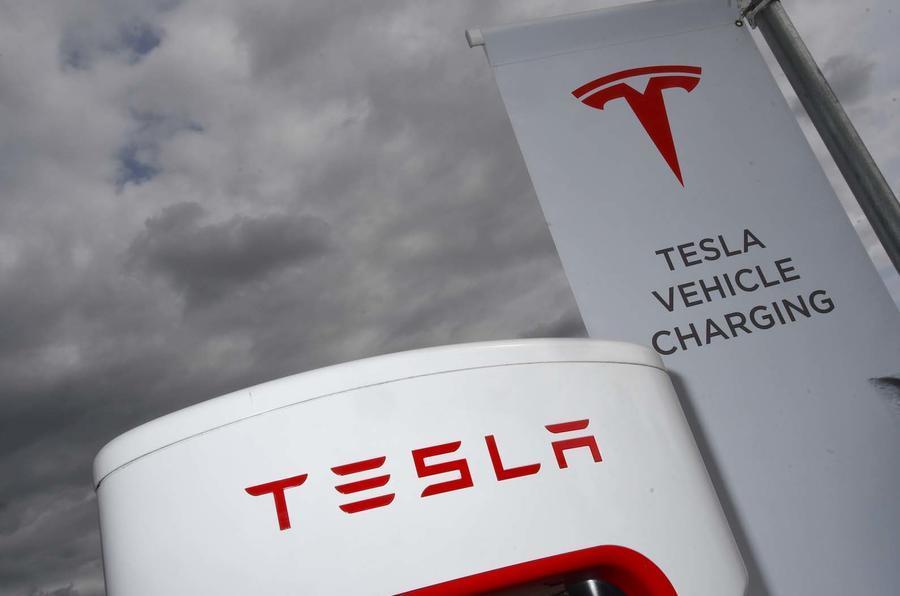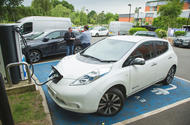Tesla is reportedly investigating using lead batteries at charging stations to store cheaper off-peak electricity
Could old-school lead batteries come back to life and speed-up the introduction of electric cars as part of a nationwide charger network?
That’s the thinking in the US, where industry and government are teaming-up to explore if banks of high-capacity lead cells sited at conventional fuel stations could make life easier for EV owners. Tesla is already reported to have looked at the idea.
The latest move is a feasibility study in Missouri, organised by the Consortium for Battery Innovation (CBI), and supported by a grant from the US department of Energy. “This ground-breaking project could pave the way for a much wider roll-out of EV charger stations utilising advanced lead battery technology,” the CBI said.
Modern lead-carbon cells use dry accumulators with the electrolyte held in glassfibre fleece, so there is no nasty old-school acid to leak out.
The cells are widely used in industry, with applications that include balancing energy flow out of wind turbine farms. They can be installed in large storage capacities, for example 25mWh.

For the US EV charging network, the lead cells would be charged with cheaper off-peak electricity, to reduce the cost to a fuel station and EV owner of charging during the day. In particular, the lead batteries could help avoid the fuel station incurring “peak demand charges”, an extra fee charged to US businesses by electricity companies.
A report in February 2018 from management consultants McKinsey “How Battery Storage Can Help Charge The Electric-Vehicle Market” suggests that a fuel station could save £2400 per month in electricity costs alone by reducing the demand charge.
Demand charges can be so high for EV charging stations that they become unprofitable, says McKinsey. The consultants suggest that a fuel station owner could install two 150kWh direct current (DC) fast chargers together with 300kwh of lead cells. At peak times the lead cells would deliver the charge to customers’ EVs and, through clever charger and battery management, could replenish several vehicles without triggering the demand charge.
“A system configured this way could reduce demand charges to a minimum; that would be $3000 a month that wouldn’t need to be passed on to consumers, which would substantially cut costs. Tesla has already said it is going in this direction and others may follow suite,” said McKinsey.
Read more:
The electric cars with the best real-world range
Source: Autocar
